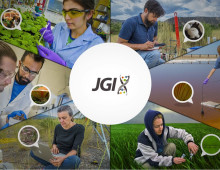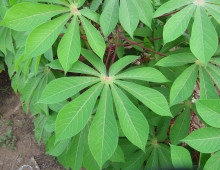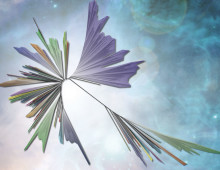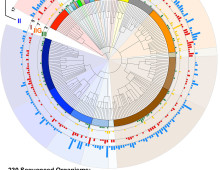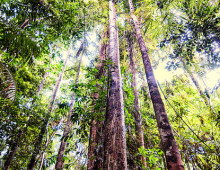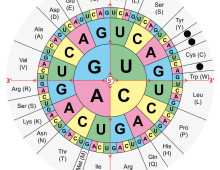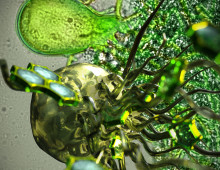Every Day is Earth Day @ JGI: From A to Z
Providing the infrastructure for tackling energy, environmental challenges. Every year, Earth Day reminds us to continue to provide a cleaner, healthier and sustainable environment for everyone to live in. For those of us who work at the U.S. Department of Energy Joint Genome Institute (DOE JGI) though, every day is Earth Day as our resources… [Read More]
